| My favorite part of the classroom session today was learning about what we can pack. For some odd reason, I've always loved packing for trips. All of our stuff going to Aquarius gets there in pods delivered by Navy divers, so it goes from 1 to 2.5 atmospheres of pressure. That means anything slightly toxic on the surface is 2.5 times more toxic in the habitat (and there's twice as much O2!). For this reason, we're extra cautious about fire hazards and are advised not to use scented products (like antiperspirant) that have toxins in them. Otter told us a fire once started from a Pop-Tart in the microwave! |
Otter, a former Navy diver and our classroom instructor today, reiterated the importance of safety. We reviewed what to do if we get lost, separated from our dive buddy, run out of air, have equipment malfunctions (from regulator failure to loss of a flipper), or fire breaks out. By the end of the week we'll know how to deal with all imaginable emergencies.
It's easy to become disoriented underwater; sometimes everything around you looks blue! When we're in the diving helmets, we're always able to follow our air-carrying umbilical cord back to the habitat. While we're in SCUBA gear, we can follow excursion lines (i.e., ropes) leading back to Aquarius.
In an emergency while saturated, your instinct shouldn't be to go to the surface, but back to the habitat. Rushing to the surface while saturation diving is as dangerous as rushing to the bottom of the ocean from land; your body doesn't have time to adjust to pressure differences without careful procedures.
We must also remain cognizant of our surroundings. Visibility (how far you can see underwater) can change on the reef from 100ft to 10ft in a few minutes, meaning one moment you can see your dive buddy next to you and the next she's out of sight. If we ever lose sight of our dive buddy, we need to do a quick circle-swim to look for them and then head back to the habitat to send out a search party. There's always a standby diver in the habitat ready to jump in the water and assist in any sort if rescue.
Running out of air is almost always caused by lack of dive-planning or diver carelessness. All the aquanauts are experienced divers so we're not going to let this happen, plus one of the habitat technicians will also track every dive. He said if we return from a dive as much as a minute later than planned, the search party will deploy. That said, we still practice what to do in case we run out of air! Like I said, we're preparing for every imaginable emergency situation. In case a diver is out if air, they would buddy breathe or use the alternate regulator of their dive buddy. We also tested our respiratory stamina in the pool. We need to know how far we can swim on a single breath so we know our limits. We'll always plan our dives to return to Aquarius with at least 500 psi in our tanks, so if something unexpected happens we'll have enough air to deal with it.
Practically all our gear has fail-safe mechanisms; e.g., on SCUBA we have two regulators with us, two tanks, three ways to inflate/deflate our buoyancy control device, three ways to signal for help (radio, strobe, and inflatable), so in the rare case one failed, we've a backup, or our buddy's extra. It's rare that gear fails, however, but we're prepared for anything.
Kindergarteners I spoke to recently asked me, "What if a shark ate your mouthpiece? What if a shark bit your tank? What if you tripped on a turtle?" With all the fail-safes on my gear and emergency scenario training, I can deal with all those situations.
Apparently the most common medical issues while saturation diving are ear infections and infected cuts. The habitat technicians are trained dive-medical officers so they're prepared for everything. We also need to be aware of hyperthermia. The water feels warm, slightly over 80 degrees, but swimming for three hours (like we'll be doing) can wick away your body heat and lower your body temperature below its normal 98 degrees.
We also claimed Aquarius bunks today. There are two stacks of three bunks. The technicians need the lower bunks so they can get out of bed quickly to fix things. Fabien called the middle starboard bunk because he's left handed. Liz and I wanted top bunks; she's left handed and I'm right handed so we'll split starboard and port. We're a team made in heaven!
It's easy to become disoriented underwater; sometimes everything around you looks blue! When we're in the diving helmets, we're always able to follow our air-carrying umbilical cord back to the habitat. While we're in SCUBA gear, we can follow excursion lines (i.e., ropes) leading back to Aquarius.
In an emergency while saturated, your instinct shouldn't be to go to the surface, but back to the habitat. Rushing to the surface while saturation diving is as dangerous as rushing to the bottom of the ocean from land; your body doesn't have time to adjust to pressure differences without careful procedures.
We must also remain cognizant of our surroundings. Visibility (how far you can see underwater) can change on the reef from 100ft to 10ft in a few minutes, meaning one moment you can see your dive buddy next to you and the next she's out of sight. If we ever lose sight of our dive buddy, we need to do a quick circle-swim to look for them and then head back to the habitat to send out a search party. There's always a standby diver in the habitat ready to jump in the water and assist in any sort if rescue.
Running out of air is almost always caused by lack of dive-planning or diver carelessness. All the aquanauts are experienced divers so we're not going to let this happen, plus one of the habitat technicians will also track every dive. He said if we return from a dive as much as a minute later than planned, the search party will deploy. That said, we still practice what to do in case we run out of air! Like I said, we're preparing for every imaginable emergency situation. In case a diver is out if air, they would buddy breathe or use the alternate regulator of their dive buddy. We also tested our respiratory stamina in the pool. We need to know how far we can swim on a single breath so we know our limits. We'll always plan our dives to return to Aquarius with at least 500 psi in our tanks, so if something unexpected happens we'll have enough air to deal with it.
Practically all our gear has fail-safe mechanisms; e.g., on SCUBA we have two regulators with us, two tanks, three ways to inflate/deflate our buoyancy control device, three ways to signal for help (radio, strobe, and inflatable), so in the rare case one failed, we've a backup, or our buddy's extra. It's rare that gear fails, however, but we're prepared for anything.
Kindergarteners I spoke to recently asked me, "What if a shark ate your mouthpiece? What if a shark bit your tank? What if you tripped on a turtle?" With all the fail-safes on my gear and emergency scenario training, I can deal with all those situations.
Apparently the most common medical issues while saturation diving are ear infections and infected cuts. The habitat technicians are trained dive-medical officers so they're prepared for everything. We also need to be aware of hyperthermia. The water feels warm, slightly over 80 degrees, but swimming for three hours (like we'll be doing) can wick away your body heat and lower your body temperature below its normal 98 degrees.
We also claimed Aquarius bunks today. There are two stacks of three bunks. The technicians need the lower bunks so they can get out of bed quickly to fix things. Fabien called the middle starboard bunk because he's left handed. Liz and I wanted top bunks; she's left handed and I'm right handed so we'll split starboard and port. We're a team made in heaven!
After lunch, we dove in the double tanks, like we'll do from Aquarius. The dual tanks are tricky to get use to because they're so heavy, but the advantage is we'll carry enough air to dive for several hours. We got the hang of swimming with them, however, and aced the practice drills, including shutting off, turning on, isolating and de-isolating the tanks, practicing buddy breathing, and doing flips and turns to show that we're comfortable in the new gear.
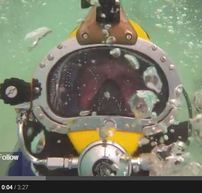
Just after dinner, the production team uploaded the first video of our training week! Check it out: http://m.youtube.com/watch?feature=youtu.be&v=fb9W_WQL9Lg
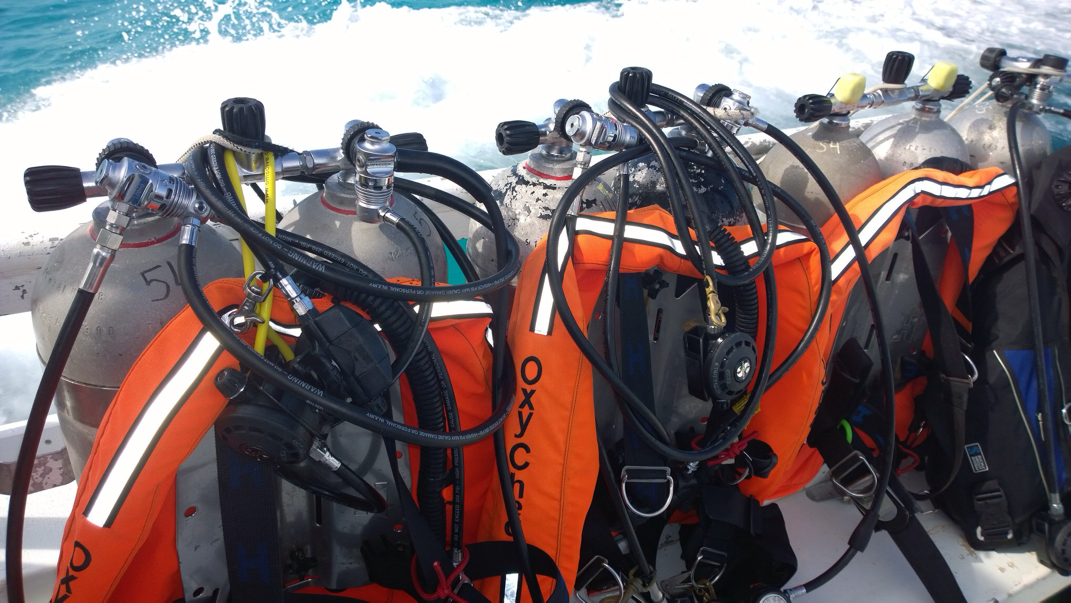
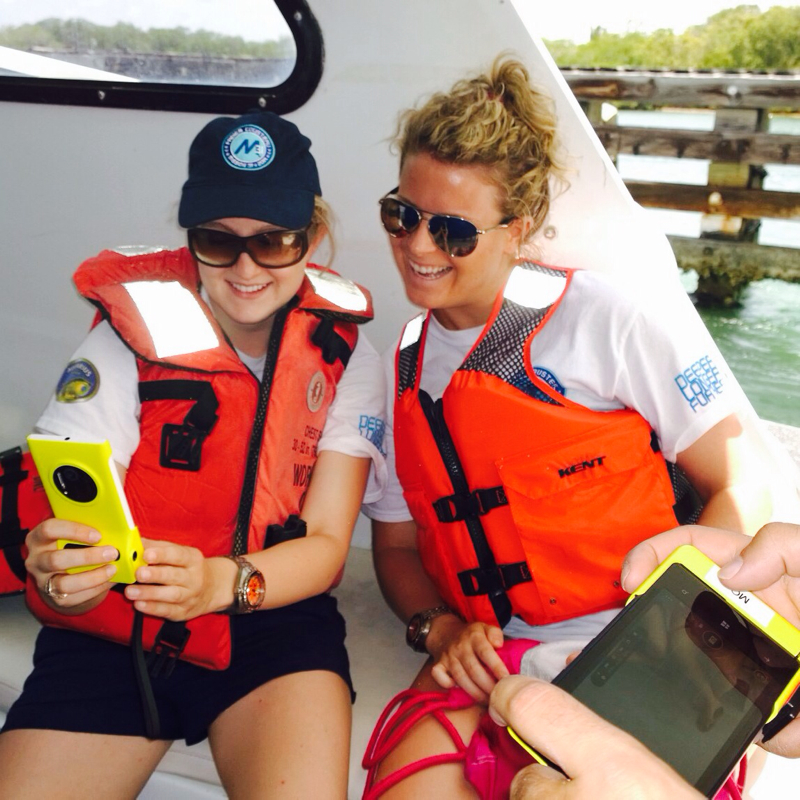
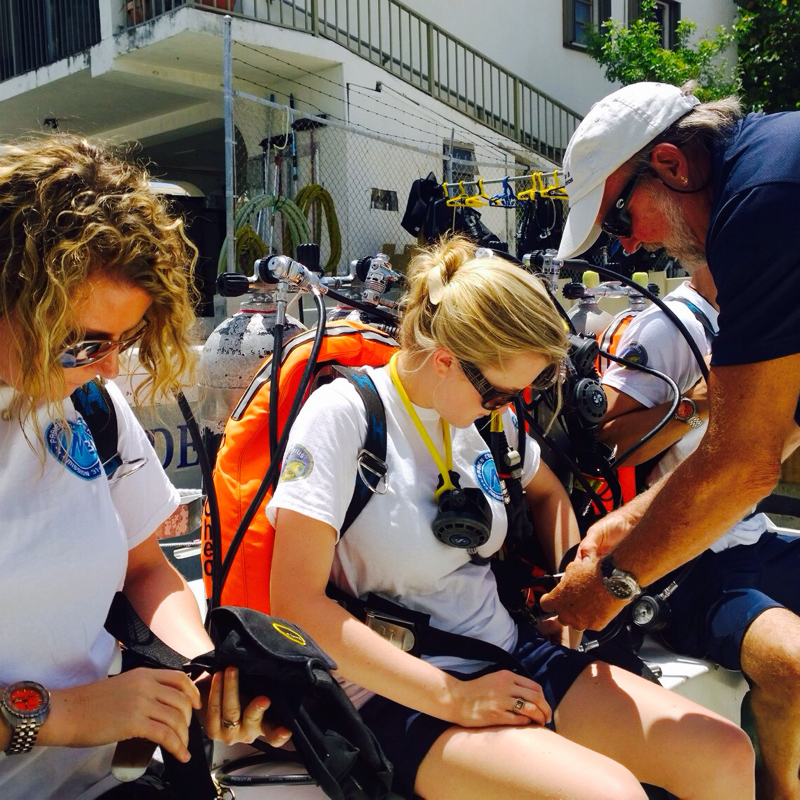
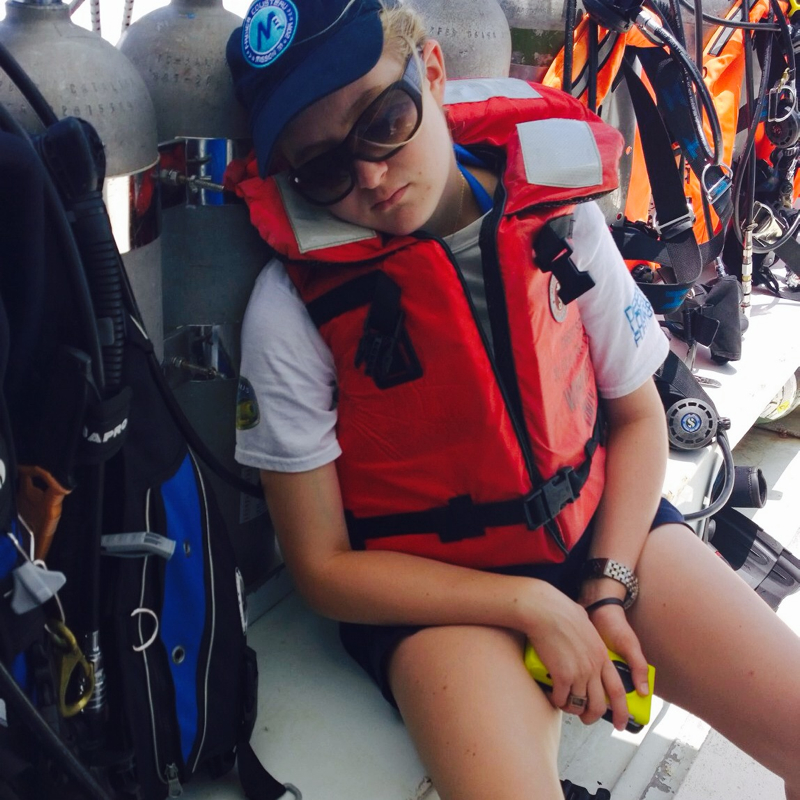

 RSS Feed
RSS Feed
